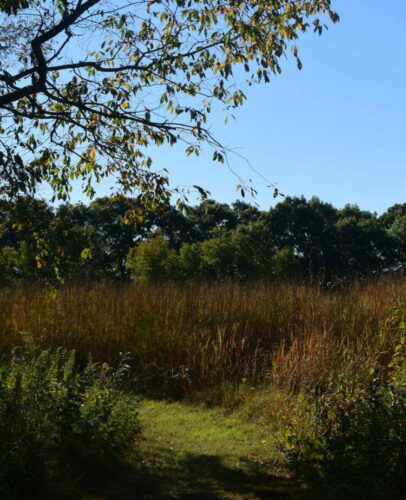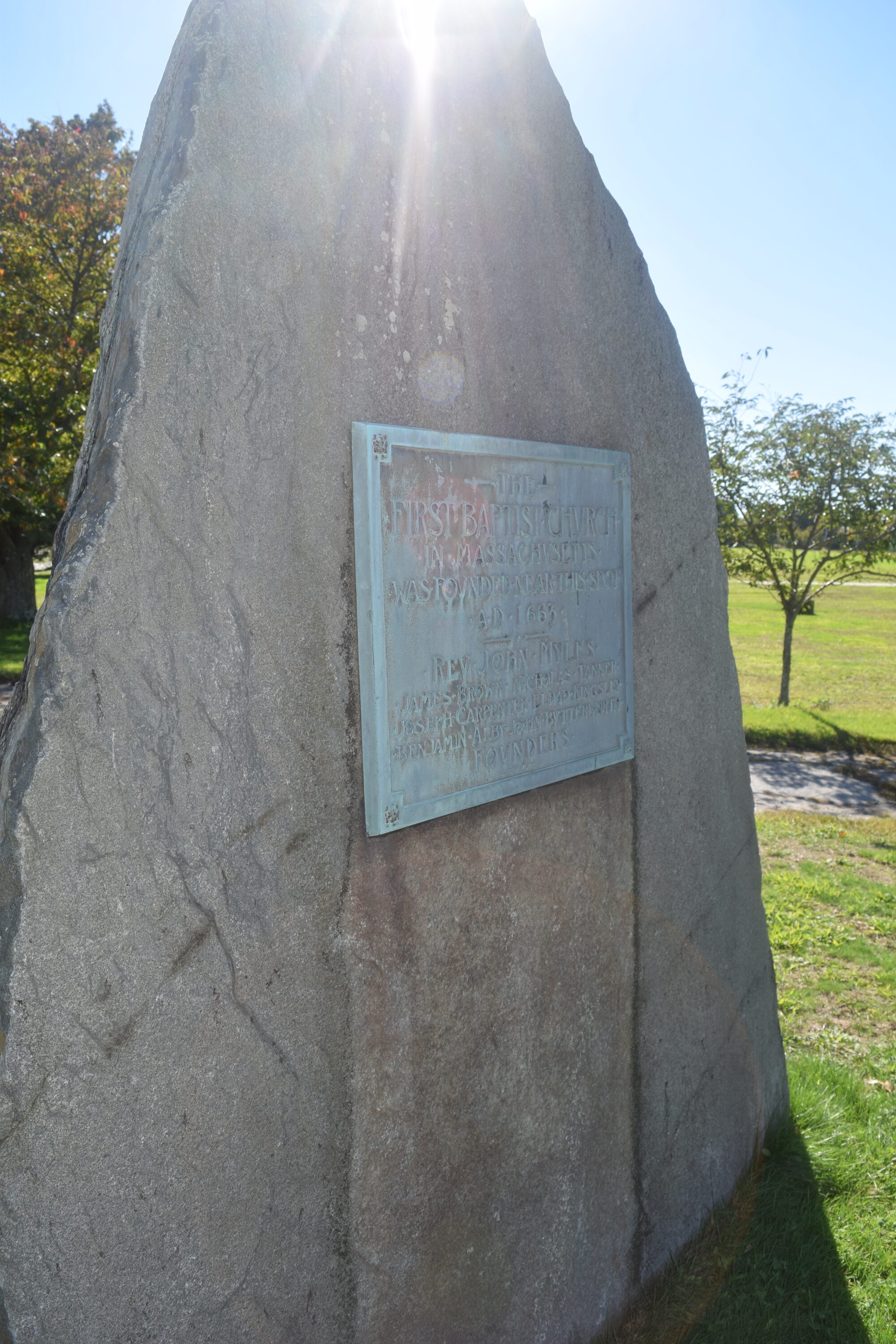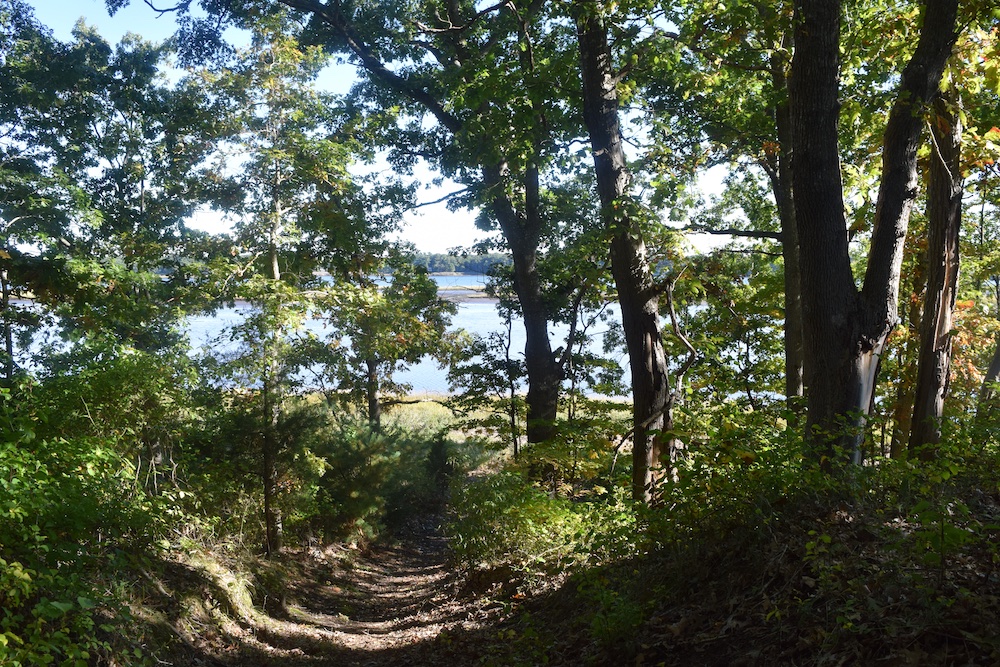Experience the peak of springtime flora and fauna at the Doug Rayner Wildlife Refuge on Sat., June 22, at 10 am. The walk is limited in size to ensure the best possible experience for participants.
The walk will be led by Peter McCalmont, Chairman of the Doug Rayner Wildlife Refuge Management Committee, and Charlie Brown, retired wildlife biologist with the Rhode Island Department of Environmental Management, Co-Chair of the Management Committee and Co-Manager of the Refuge.
The Refuge is located on Nockum Hill on a peninsula extending into the Barrington River and Hundred Acre Cove estuary. Owned by the Town of Barrington, the Refuge’s public hiking trails traverse 82 acres of field, forest and shoreline.
 History of Nockum Hill
History of Nockum Hill
Nockum Hill has figured prominently in Barrington’s history. Once home to the Pokanoket people, it is the site of the first Baptist meetinghouse in the New World. Legend has it that the first shots of King Philip’s War were fired nearby.
 The town acquired the land in the 1960s and designated it as a wildlife refuge in 1994. The Barrington Land Conservation Trust was granted a conservation easement on the property in 2005 to ensure the property remains protected in perpetuity. This sensitive land is managed by the Doug Rayner Management Committee in collaboration with the Land Trust.
The town acquired the land in the 1960s and designated it as a wildlife refuge in 1994. The Barrington Land Conservation Trust was granted a conservation easement on the property in 2005 to ensure the property remains protected in perpetuity. This sensitive land is managed by the Doug Rayner Management Committee in collaboration with the Land Trust.
In 2000, the Refuge was named after ardent naturalist Doug Rayner, a member of the Barrington Conservation Commission and a board member of the Barrington Land Conservation Trust. Doug was instrumental in protecting the marshes and upland buffers of the Palmer and Barrington Rivers, Nockum Hill and Hundred Acre Cove, and was active in protecting endangered species and their habitats.
 Long recognized as a property of great natural resource value because of its coastal wetland and habitat, it includes extensive salt marsh, shrub-dominated fields, deciduous forest and farmland. It provides habitat for a wide variety of animals which make their home in the diverse ecosystem of the Refuge and several special interest bird species such as clapper rail, seaside sparrow and marsh wren.
Long recognized as a property of great natural resource value because of its coastal wetland and habitat, it includes extensive salt marsh, shrub-dominated fields, deciduous forest and farmland. It provides habitat for a wide variety of animals which make their home in the diverse ecosystem of the Refuge and several special interest bird species such as clapper rail, seaside sparrow and marsh wren.
The Barrington Land Conservation Trust has preserved approximately 300 acres of open space in perpetuity for the benefit of the public.

